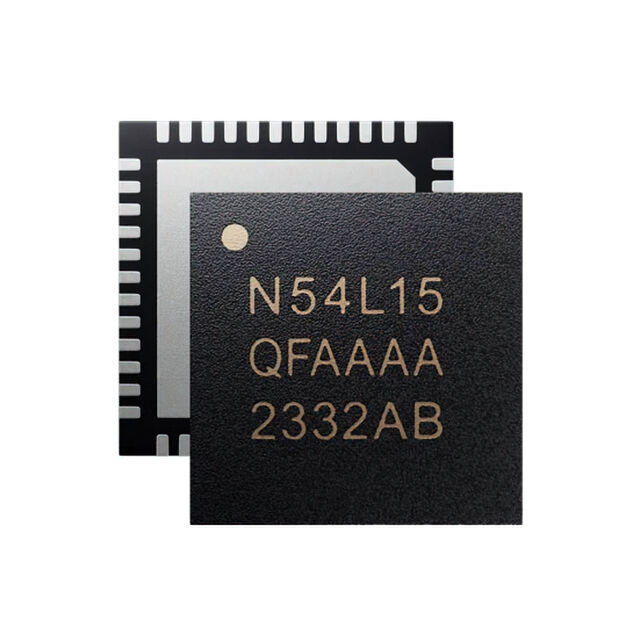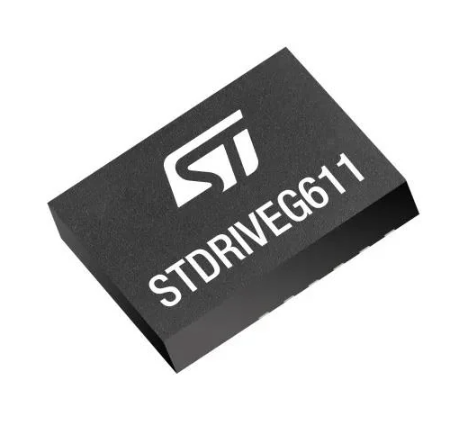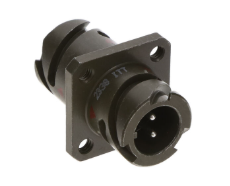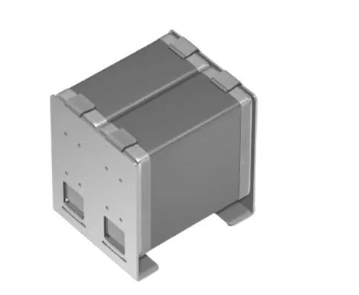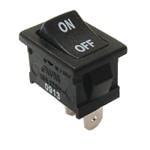How does ROI-based exposure benefit embedded vision applications?
ROI-based AE and HDR technologies elevate the capabilities of embedded vision applications.
By combining targeted exposure adjustments with enhanced dynamic range, these features empower embedded vision systems to achieve superior imaging results. Ultimately, this drives innovation in markets such as industrial, medical, surveillance, and more.
In our previous blog, you learned about the role of ROI in optimising camera exposure, focus, and cropping. In this blog, you’ll discover the impact of ROI-based AE on HDR performance.
You’ll also see how e-con Systems’ See3CAM_CU81 supports this capability to enhance the performance of embedded vision systems.
How ROI-based auto exposure works
ROI-based AE enhances exposure control by concentrating on defined regions within an image frame. It adjusts exposure settings dynamically by identifying areas of higher relevance within the scene, thereby optimising for brightness and clarity in those sections.
This minimises the effects of overexposure and underexposure in surrounding regions, which helps strike a balance that highlights crucial visual information.
The image below illustrates how selecting an ROI helps balance exposure by adapting to lighting variations.

How HDR helps expand the dynamic range
High Dynamic Range (HDR) complements ROI-based AE by capturing multiple images at varying exposure levels and merging them into a single frame. The resulting image retains important details across shadows and highlights, providing balanced visibility in scenes with high contrast.
e-con Systems’ See3CAM_CU81: ROI-based AE in action
See3CAM_CU81, a 4K HDR USB camera from e-con Systems, integrates ROI-based AE seamlessly. It supports HID controls for configuring and retrieving the AE ROI mode.
These functionalities are accessible through the e-CAMView application, a Windows DirectShow-based USB camera software for video streaming and image capture.

The camera’s ROI AE mode operates exclusively when auto exposure is active, ensuring an optimised capture experience.
The window size defines the size of the ROI. For window size 8, the entire frame will be the ROI. If this region exceeds or decrease, the frame boundary of the ROI will be clipped automatically.
For frame size 1280x720, the exposure region based on the window size is listed in below table.

Impact of ROI-based AE on HDR performance of embedded vision systems
Industrial automation
ROI-based AE ensures exposure settings prioritise key regions of interest, such as areas containing critical product features or assembly points. Along with HDR, which preserves details in high-contrast scenarios, embedded vision systems can capture fine details even under harsh lighting, like glare from machinery or uneven illumination on production lines.
For example, conveyor belt monitoring benefits from ROI-based AE by focusing exposure on product edges or labels. It ensures consistent and accurate analysis regardless of varying light conditions.
Medical Imaging
ROI-based AE enables these systems to concentrate on specific anatomical regions, ensuring clear visualisation of areas requiring attention. When combined with HDR, the result is improved imaging in environments with varying light levels, such as shadowed tissue structures and illuminated surgical fields.
For instance, in endoscopy, ROI-based AE helps maintain consistent exposure in specific areas, while HDR ensures that illuminated and shadowed regions retain their details.
Surveillance and security systems
Surveillance systems tend to operate in environments with highly dynamic lighting conditions, such as dim indoor areas, outdoor spaces with bright sunlight, or transitional zones between them. ROI-based AE focuses on priority regions, such as entryways, license plates, or facial features, while HDR ensures clear visualisation of details across bright and shadowed areas.
This can be extremely useful for security personnel who rely on real-time video feeds for monitoring. For example, an embedded vision system equipped with ROI-based AE can prioritise exposure on a moving subject while HDR ensures surrounding areas remain visible.



